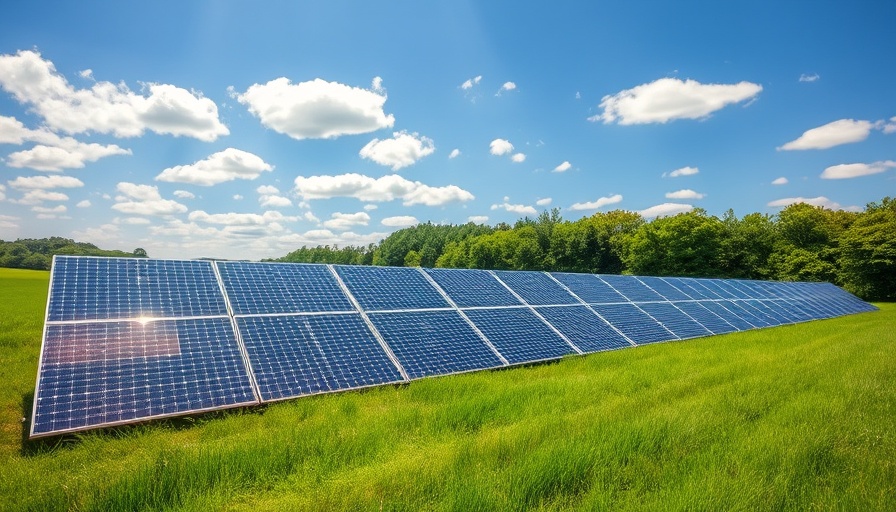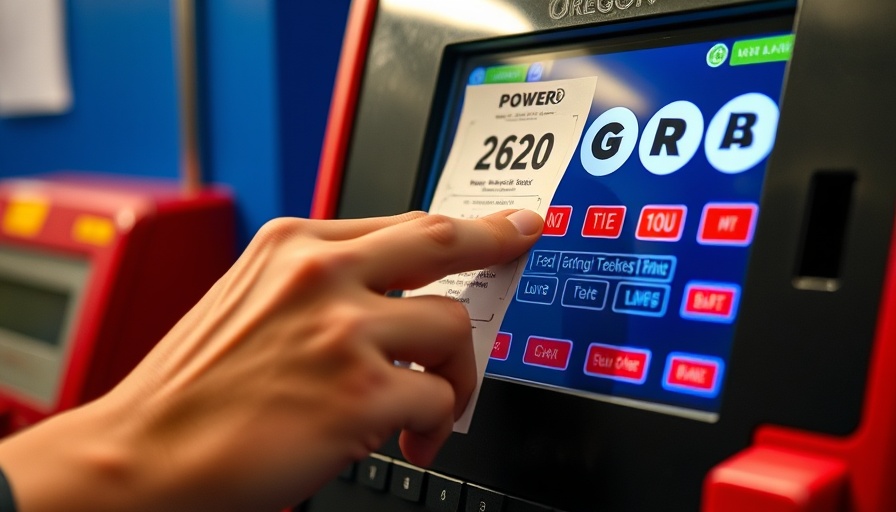
Farmers Face Pressure from Solar Development Initiatives
In recent years, a notable shift has occurred in the agricultural landscape of Maryland due to the increasing allure of solar energy investments. With promises of lucrative income—often reaching $7,000 per acre—many farmers find themselves inundated with offers to lease their land for solar arrays. However, for many farmers, such overwhelming interest raises a crucial question: what might this mean for the future of agriculture in the state?
Concerns Over Solar Legislation
The legislation passed by Maryland's General Assembly earlier this year, designed to expedite solar development, has farmers expressing serious concerns. This legislation sets standard regulations for solar facilities, consequently limiting the authority of local counties to impose their own zoning rules. Farmers like Howard Dean from Queen Anne’s County voiced their apprehension, fearing that as agricultural land is converted for solar use, it could undermine local economies that heavily rely on traditional farming.
The Impact on Local Agriculture
Maryland's Eastern Shore is characterized by a delicate agro-economy, where corn, wheat, and soybeans serve as critical components in supporting the poultry industry. If farmers begin to replace their fields with solar arrays, the repercussions could be substantial—not only for their livelihoods but also for regional food supply chains. As solar development expands, essential crops that traditionally sustain local communities may dwindle, raising concerns about food security.
A Tipping Point for Maryland's Farmers?
The pressure to lease land for solar development is intensifying, which prompts a deeper examination of the long-term consequences of such decisions. While renewable energy efforts are crucial for combating climate change, farmers lament that the current trajectory might prioritize energy production over maintaining vital agricultural practices. Their hopes to preserve farmland for future generations are clashing with the allure of quick financial gains.
Community Responses and Public Sentiment
Community response has been mixed, with some residents supporting the transition to renewable energy while others fear the loss of farmland. Farmers argue that the current framework does not accommodate their concerns, with legislation failing to offer protection for agricultural integrity. There is a palpable tension between the push for energy independence and the desire to protect the agricultural heritage that defines rural Maryland.
Looking Forward: Finding a Balance
As the debate escalates, finding a suitable balance between the renewable energy transition and preserving farmland becomes paramount. Policymakers must engage with agricultural stakeholders to rethink how solar projects can harmonize with farming needs. Presenting viable options that allow for dual land-use could hold the key to sustaining both the environment and the agricultural community.
Conclusion: The Path Ahead for Maryland Farmers
For farmers navigating the evolving landscape of energy production and agriculture, the onus is on local leaders and legislators to find common ground. Engaging in meaningful dialogue about the implications of solar legislation may lead to innovative solutions that honor both the environment and the sanctity of farmland. As this critical issue continues to unfold, the future of Maryland agriculture hangs in the balance.
 Add Element
Add Element  Add Row
Add Row 



Write A Comment